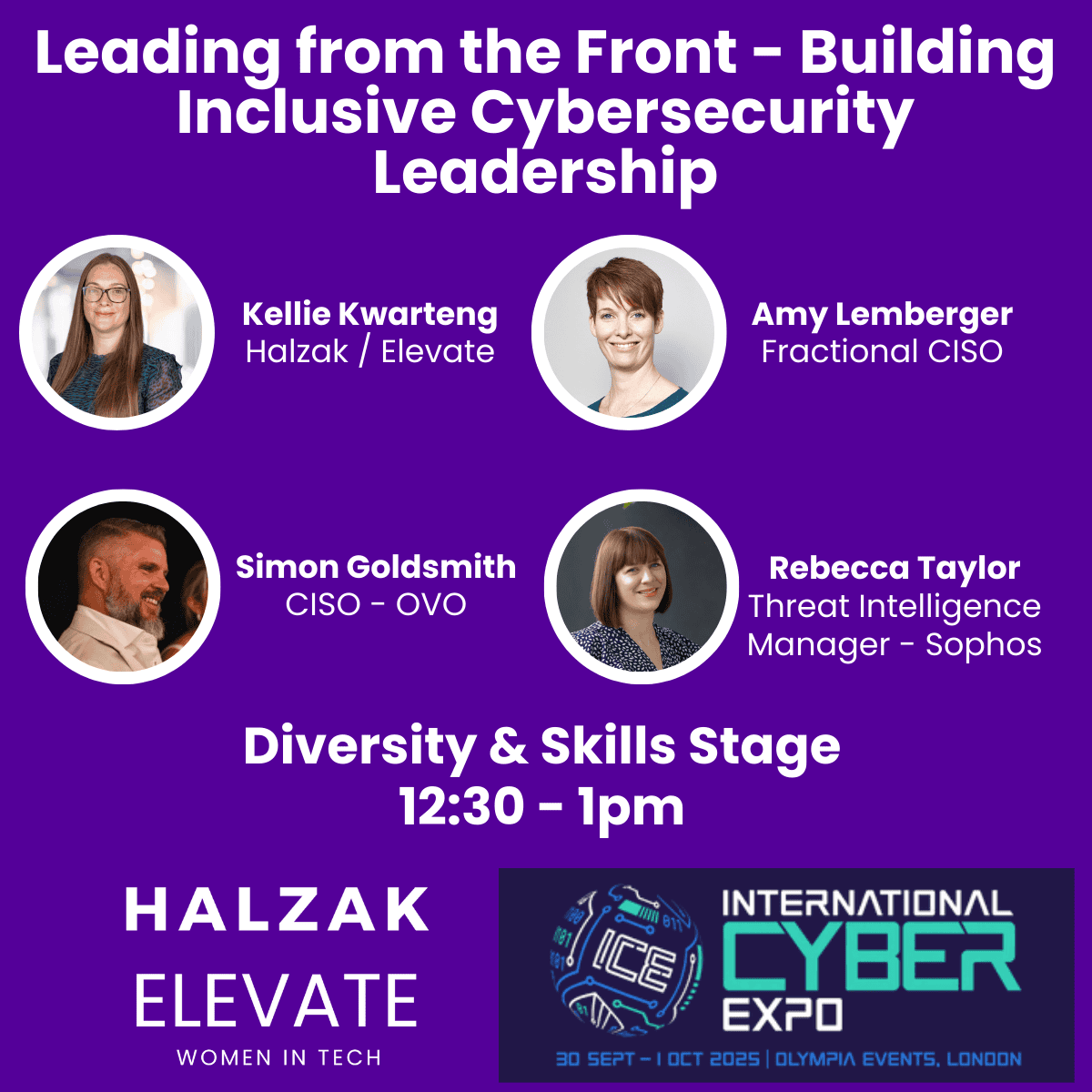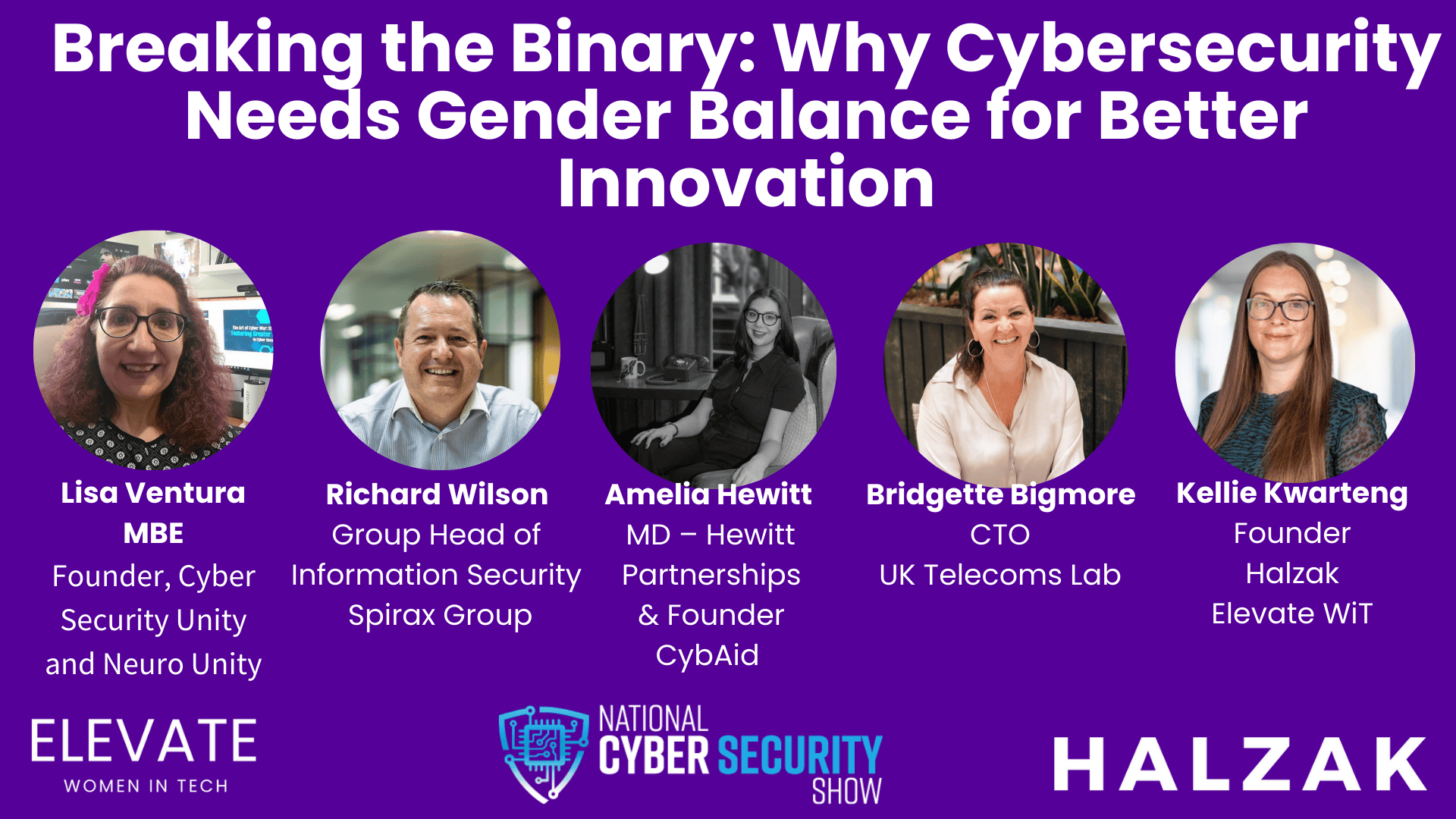
We are all aware that diverse companies are better decision-makers, more effective collaborators, have higher financial returns, and are better at capturing and retaining talent. Studies by McKinsey show that culturally diverse companies are 35% more likely to outperform the competition, while gender-diverse companies are 15% more likely to do so.
However, companies should strive to ensure that they are removing bias in their hiring process as a key priority if they are genuinely focused on impacting hiring diverse talent. Companies struggle to find a balance when it comes to hiring diverse talent, especially across the tech sector.
Women in Tech key facts:

What does unconscious bias mean in the recruitment process?
In the hiring process, unconscious bias happens when you form an opinion about a candidate based solely on first impressions. Or, when you prefer one candidate over another simply because one seems like someone you’d easily hang out with outside of work.
Hiring decisions can and often are influenced by an unconscious bias and it’s not something companies can eradicate overnight or by policy enforcement. These biases can be hard to recognise but simple steps can help to reduce this.
This article will provide six effective ways to reduce and hopefully support your company to remove bias from the hiring process.
Set business goals so that everyone knows that removing unconscious bias and building diverse and inclusive teams are key within your organisation to its bottom line. Then, define what diversity means in your company and set metrics to achieve at each step in your candidate pipeline: applicant funnels, interview conversion rates, and acceptances.
2. Educate
According to Harvard Business School Professor Francesca Gino, educating your employees with training on unconscious bias is the first critical step. As unconscious biases are built usually on attitudes or beliefs regular training will help your team to identify and mitigate potential signs of unconscious bias.
3. Using Blind resumes
A simple yet effective way to review candidate profiles. Blind resumes can help prevent your hiring team from making unconscious biases based on personal information. A blind resume does not contain any personal information such as the candidate’s name, gender, ethnicity, and age. This can be easily implemented by asking your recruiting partner to remove personal information or by using resume screening software that will remove this for you.
4. Creating a structured interview processes
Unstructured interviews can lead to bias as different questions may be asked to different candidates or decisions based on personal preferences can be made, making it more likely that unconscious bias will creep in. Having a structured and defined interview process that tests all applicants, in the same way, ensures they’re all assessed against the same markers. The simplest way to achieve this is to create a set of questions which all candidates will be assessed against.
5. Use skill-based assessments
Skills-based assessments will evaluate candidates based purely on their skills and abilities rather than personal characteristics which can be great for technical positions. By using skills assessments decisions can be objectively made based on ability and avoid making a decision based on a personal characteristics.
6. Monitor and review results
Having spent time defining and setting diversity goals it’s essential that you regularly monitor these results. By regular monitoring, you can identify patterns or areas that may suggest bias and take steps to address them.
If you are struggling to implement these strategies, Halzak can help. As a recruitment partner focused on helping companies hire diverse tech talent, we have the expertise to help you remove bias from the hiring process and create a more diverse and inclusive workforce. Contact us today to learn more about how we can help you achieve your DE&I goals.









